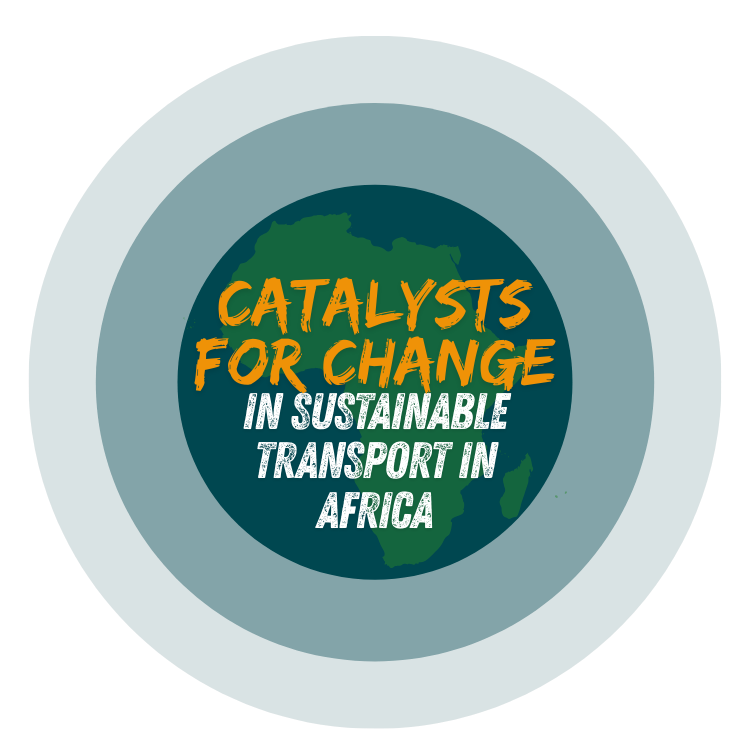Cycling for Low Carbon Development
Results of the Cyclist Profile in 5 Mexican cities
In recent years, Mexican cities have increasingly generated quantitative information about cycling trips, to inform their infrastructure plans and programmes, as well as cycling equipment.
But who are the cyclists? Why did they start using, and still use, the bicycle? What are the challenges they face every day? What kind of measures can governments implement to improve their cycling conditions?
The methodology of the Cyclist Profile allows to collect and analyze information about the practices and uses of bicycles in cities, such as the motivations of people to pedal, the average distance traveled, the most frequent destinations, among others. The results of the profile provide a valuable diagnosis for both governments and organizations that want to promote cycling and monitor the effects on the mobility trends of people over time.
The methodology pointed out in the report is for free use and adaptation to any local context, including all materials to develop a diagnosis of the cyclist profile in editable versions.
The Cyclist Profile for Mexican cities was developed within the framework of the “Climate Protection in the Mexican Urban Policy Program” (CiClim) of the Deutsche Gesellschaft für Internationale Zusammenarbeit (GIZ) GmbH in cooperation with the Institute for Transportation and Development Policies (ITDP) and the Cyclocities Initiative.
The full report contains, among others:
- The results of the Cyclist Profile in five cities of the Cities & Climate Change program (CiClim)
- The description of the Cyclist Profile methodology (Chapter 2)
- Materials to develop a Cyclist Profile Diagnosis in an editorial version (non-editable): Questionnaire, Scanning sheet, Application guide for pollsters.
Download
Pages: 79 Pages
Language: Spanish
Authors (alphabetical order): - Vadillo Quesada

